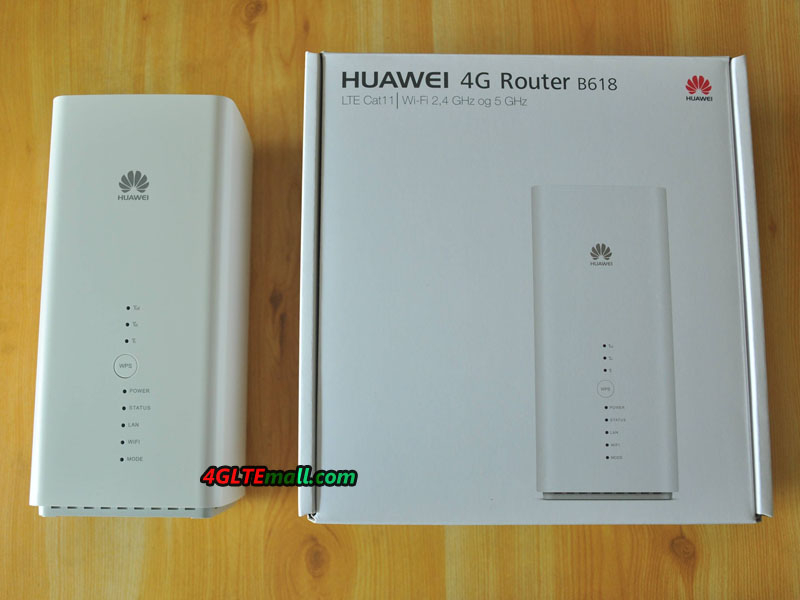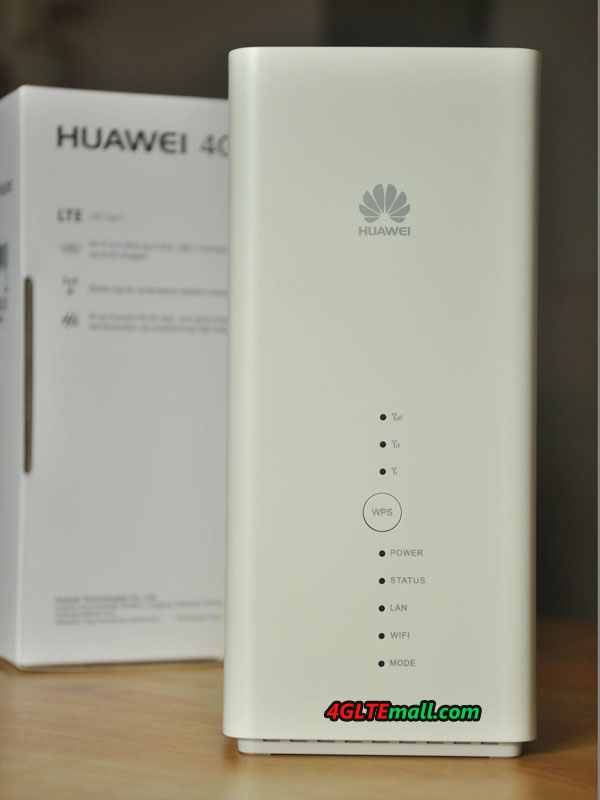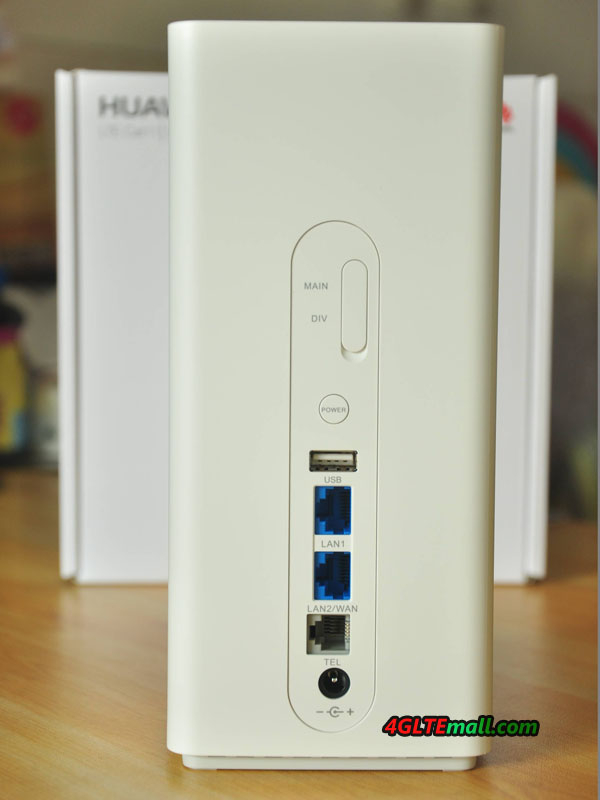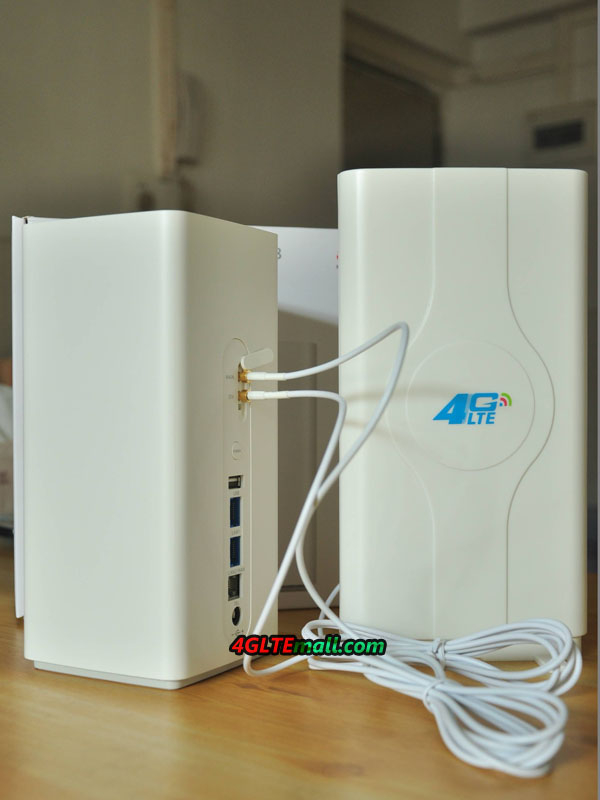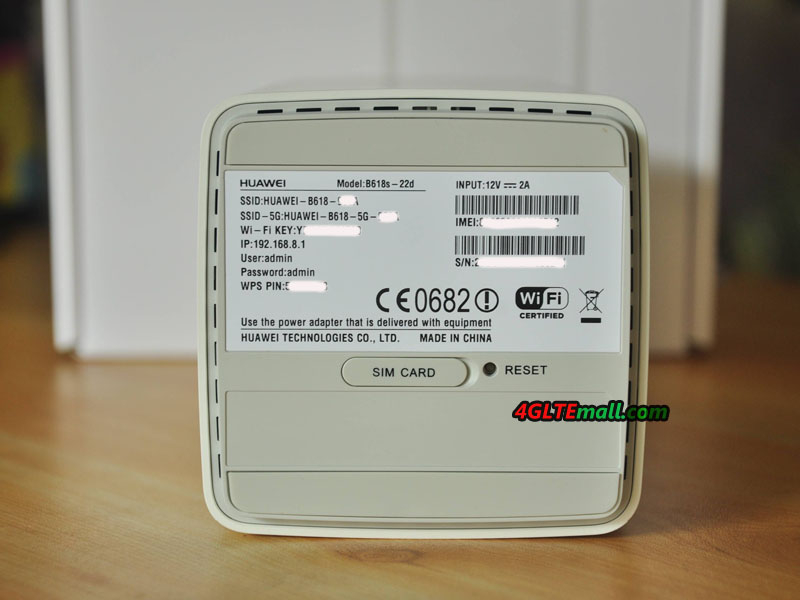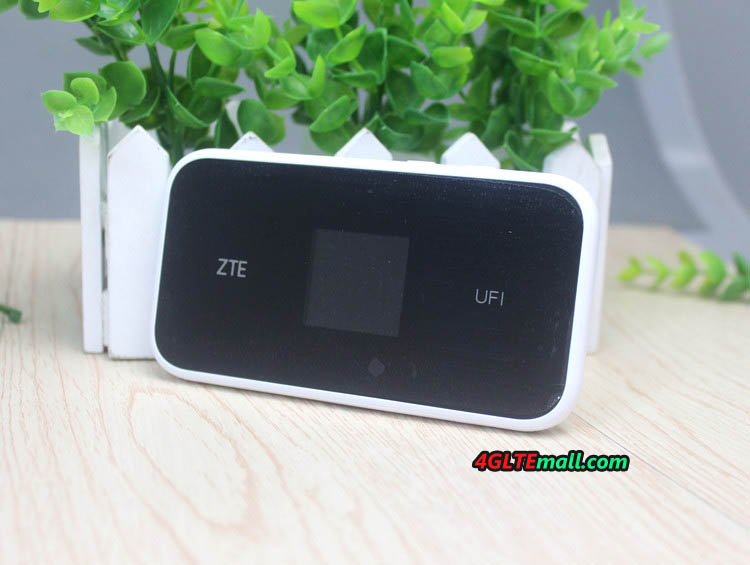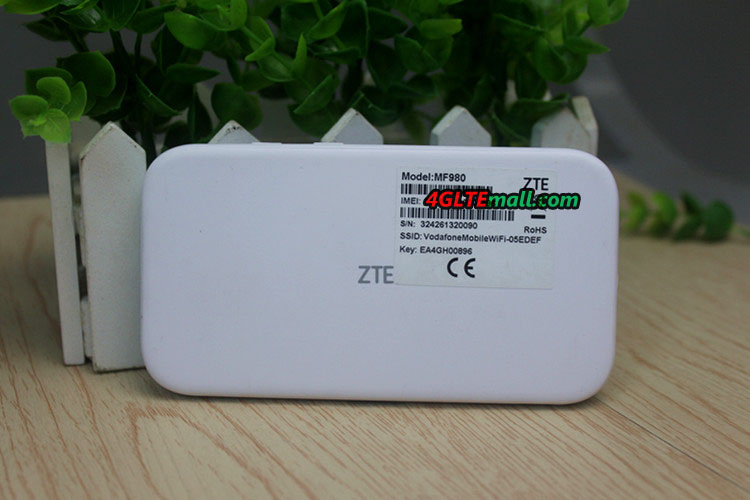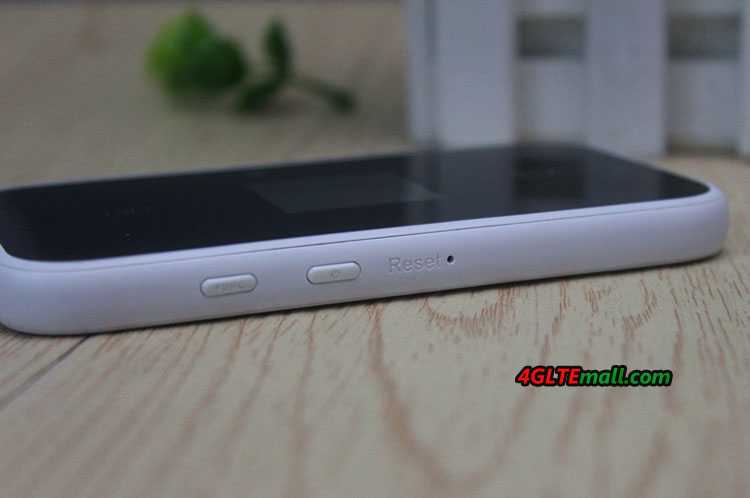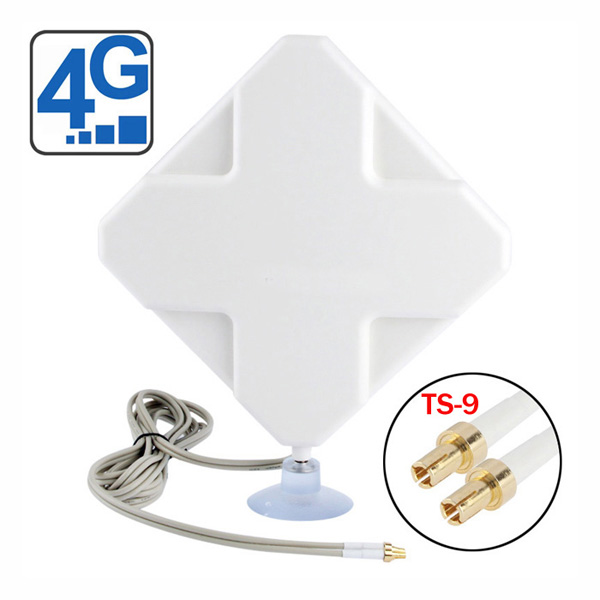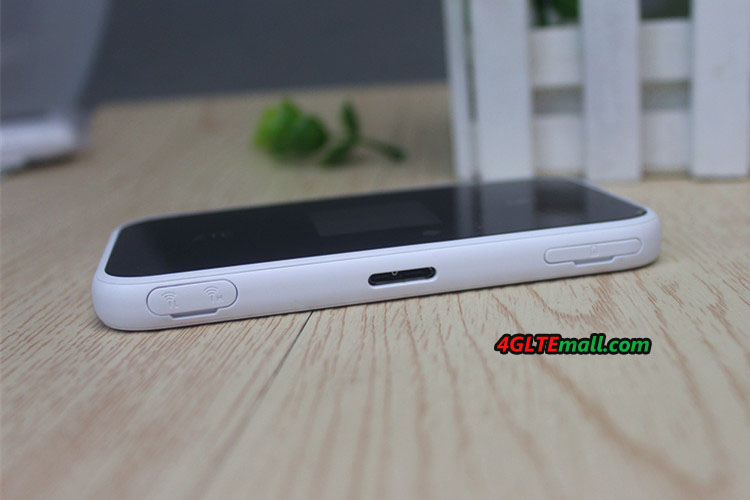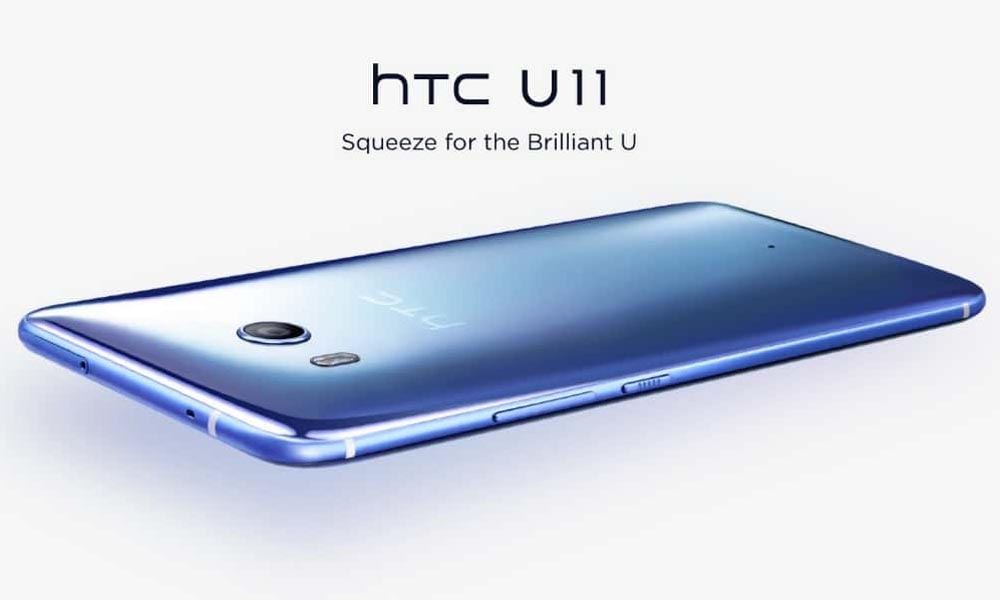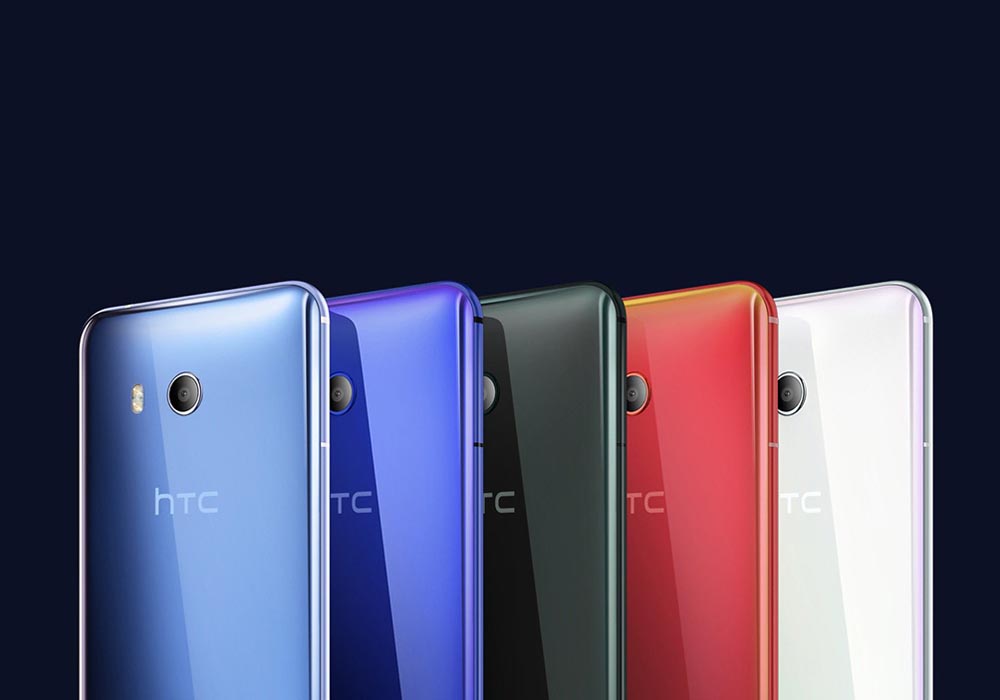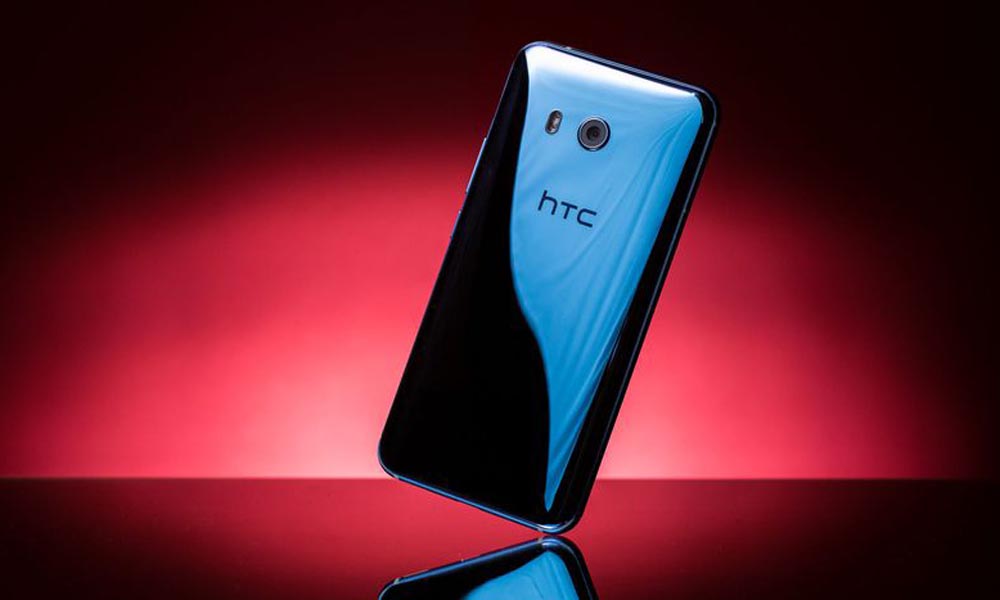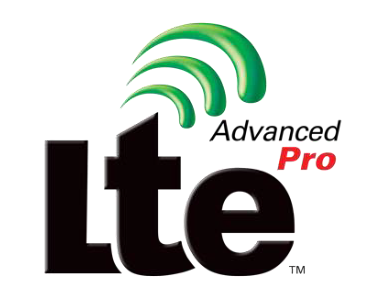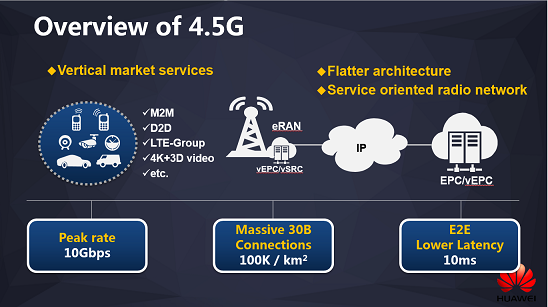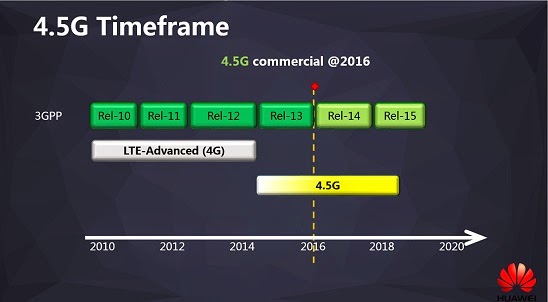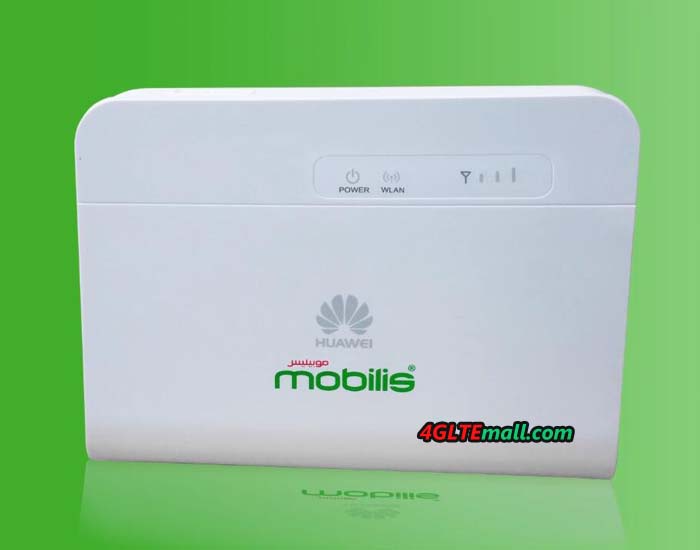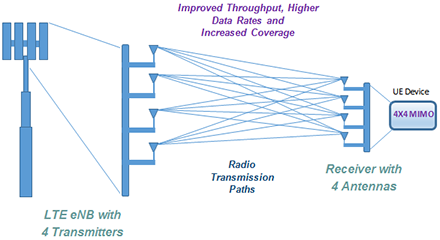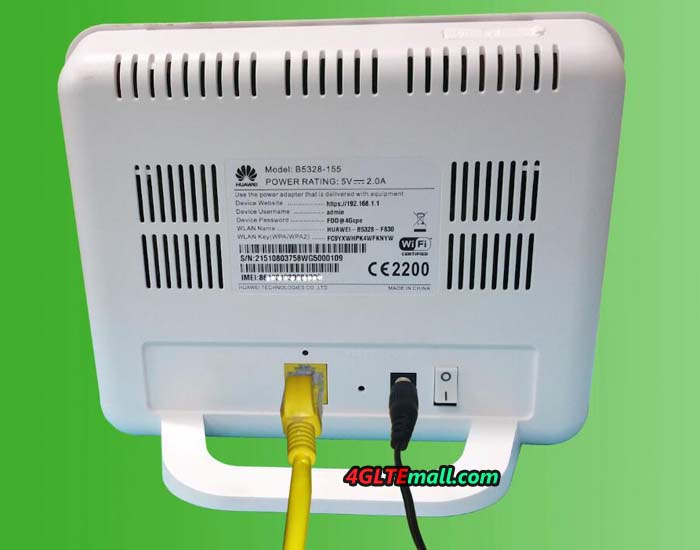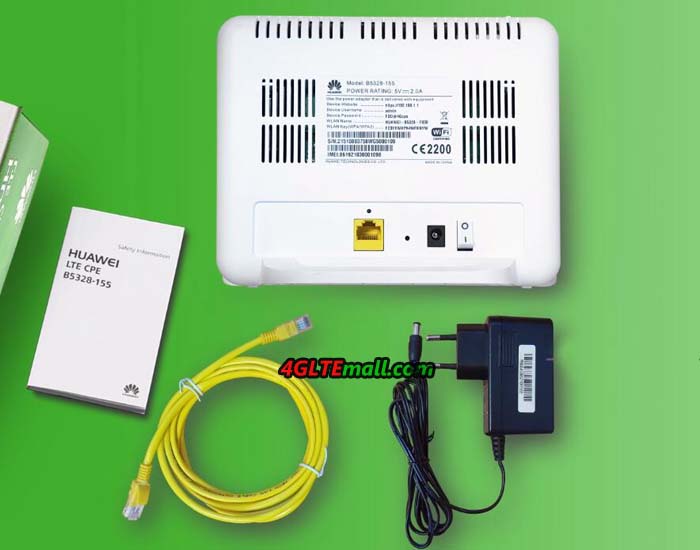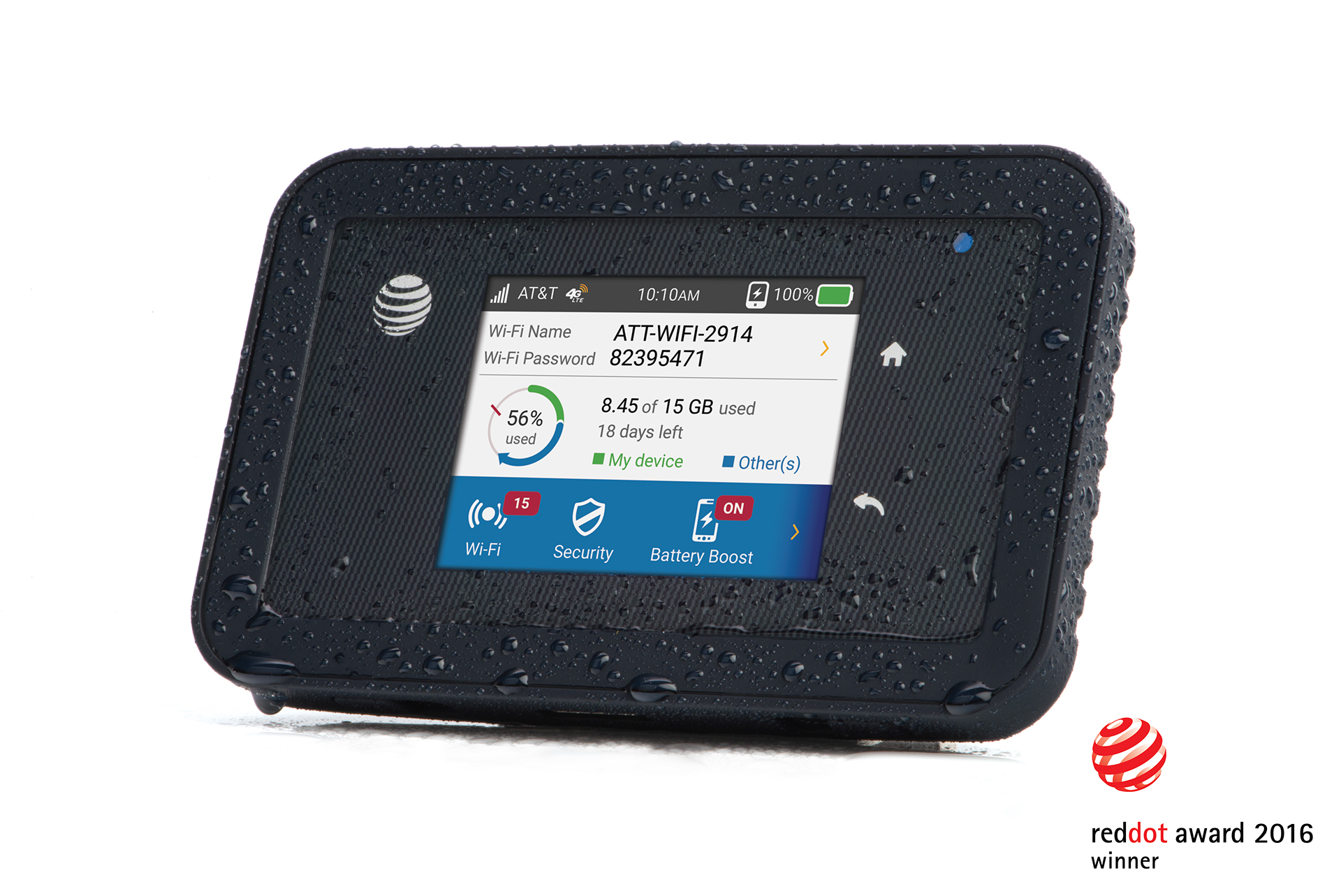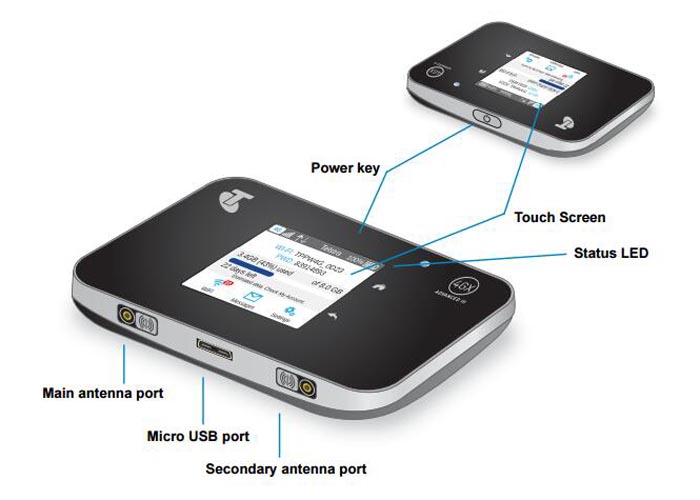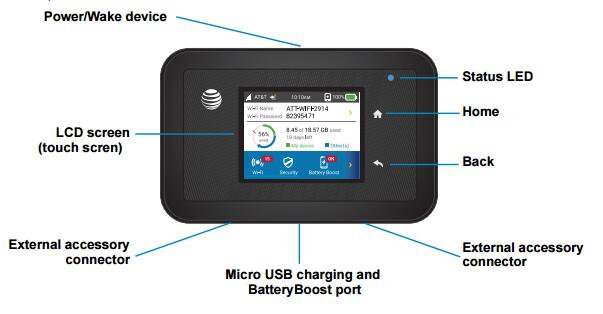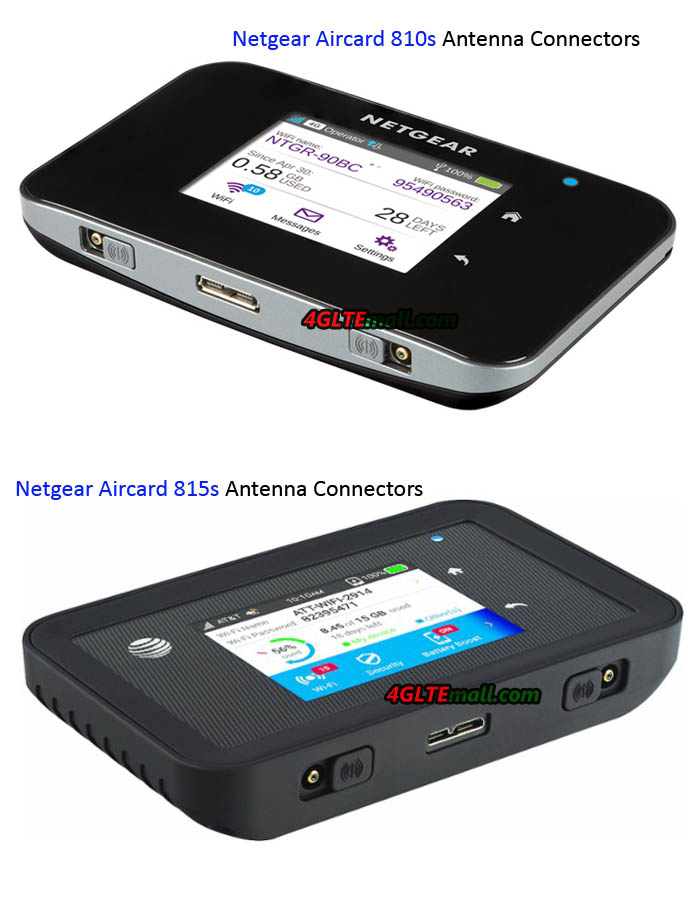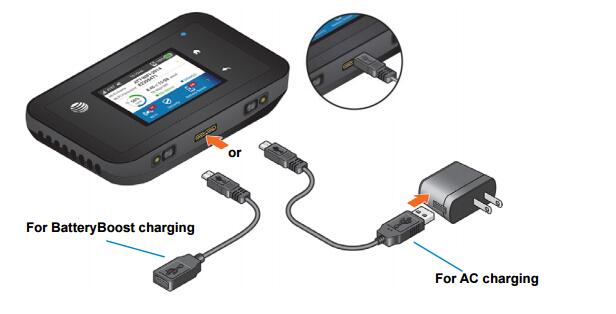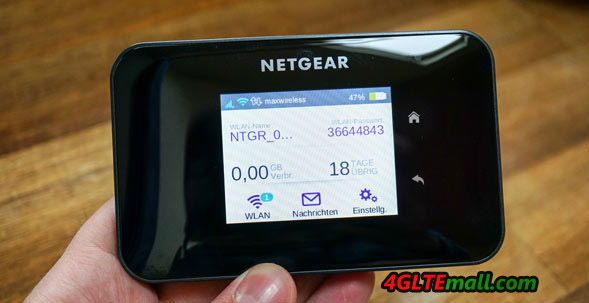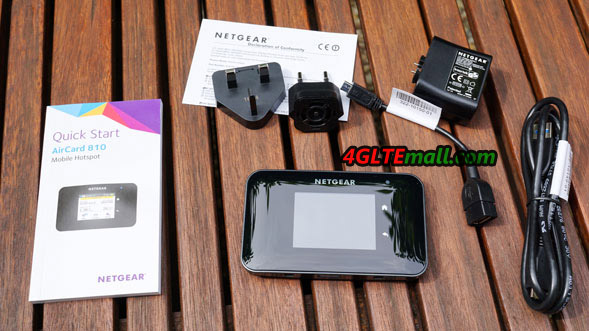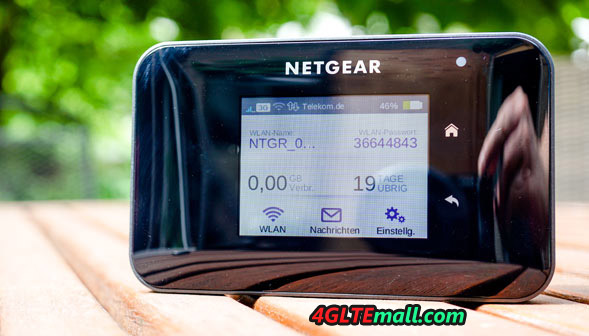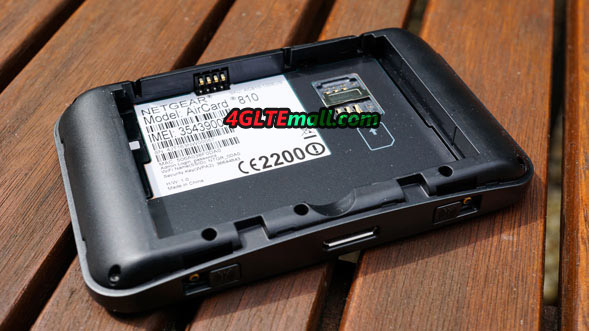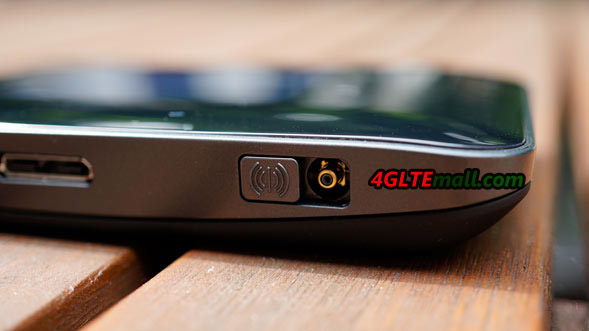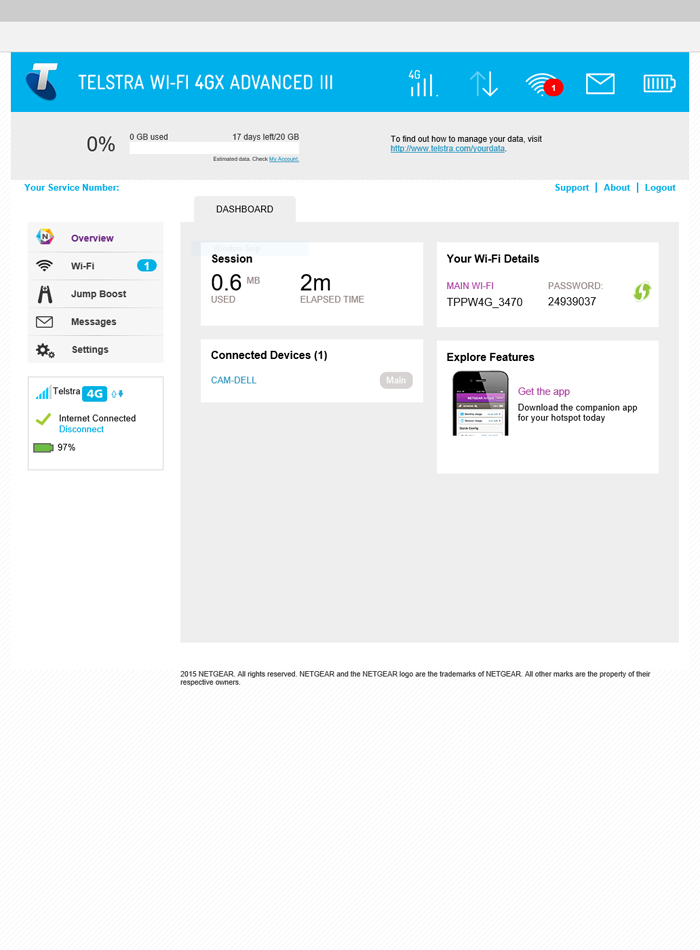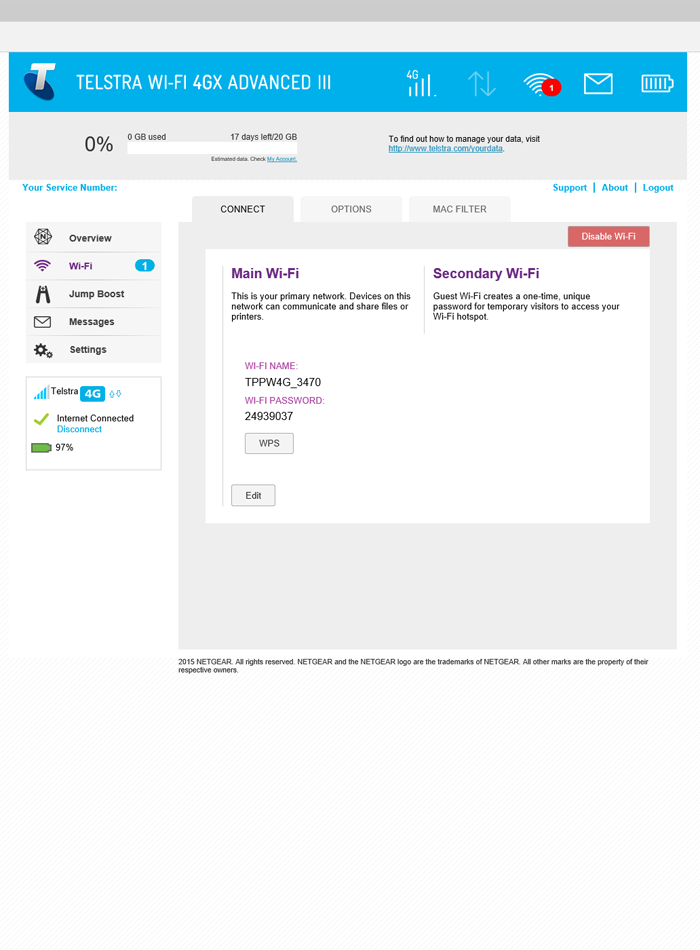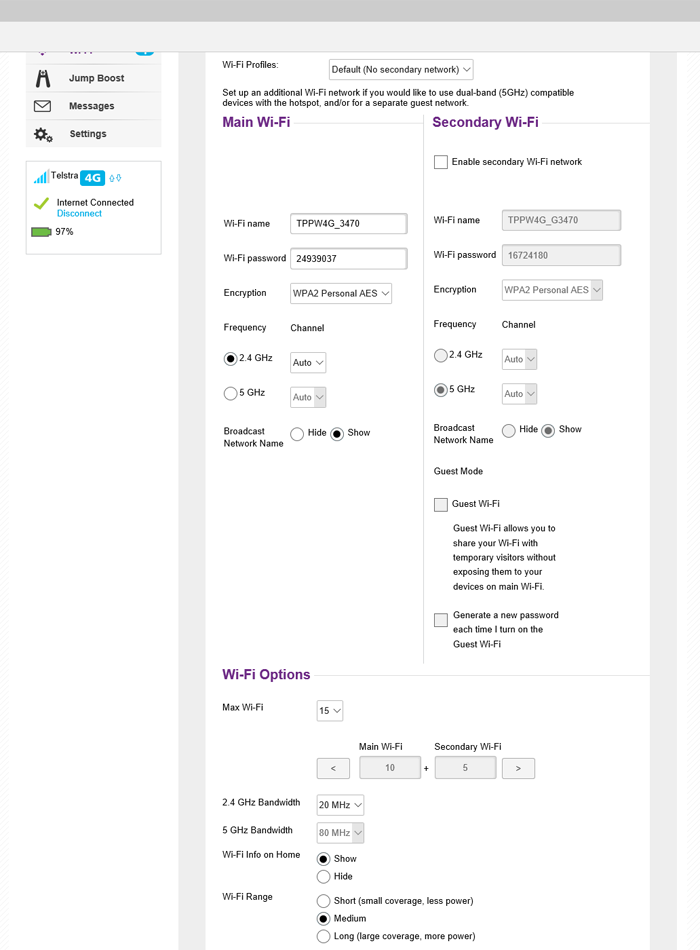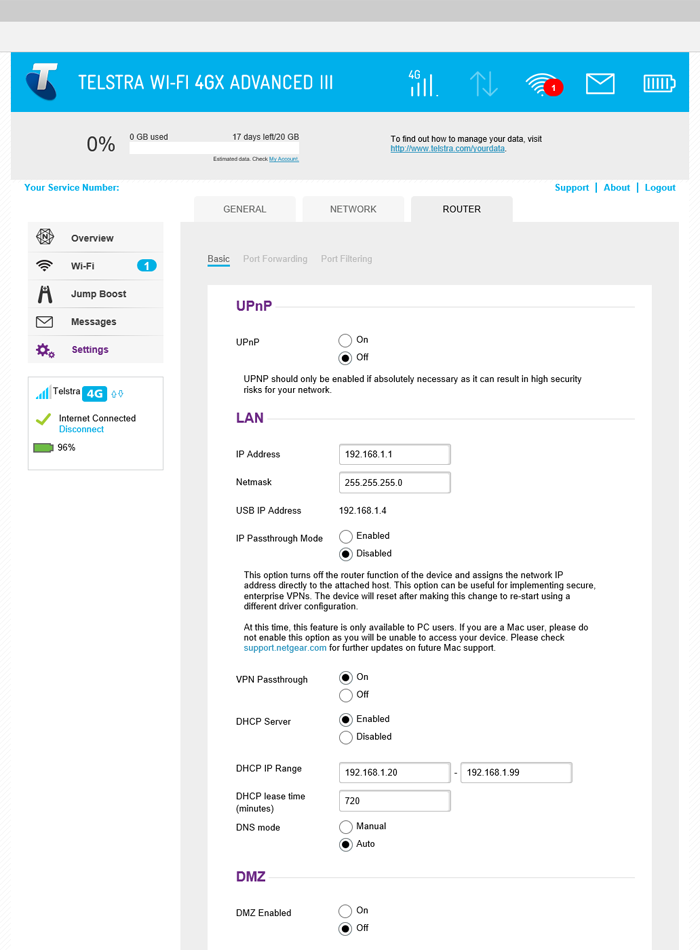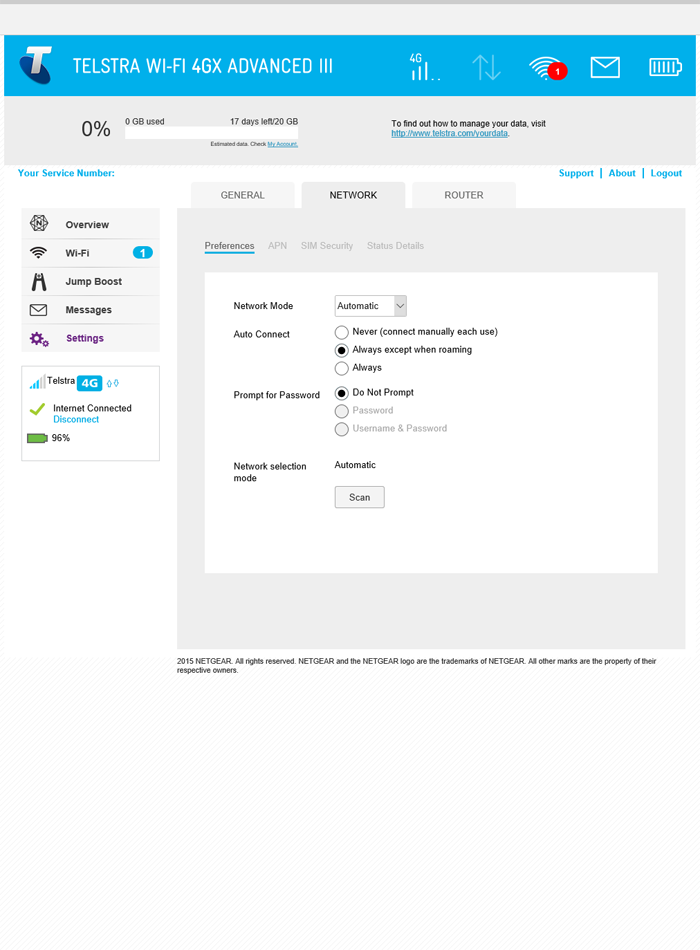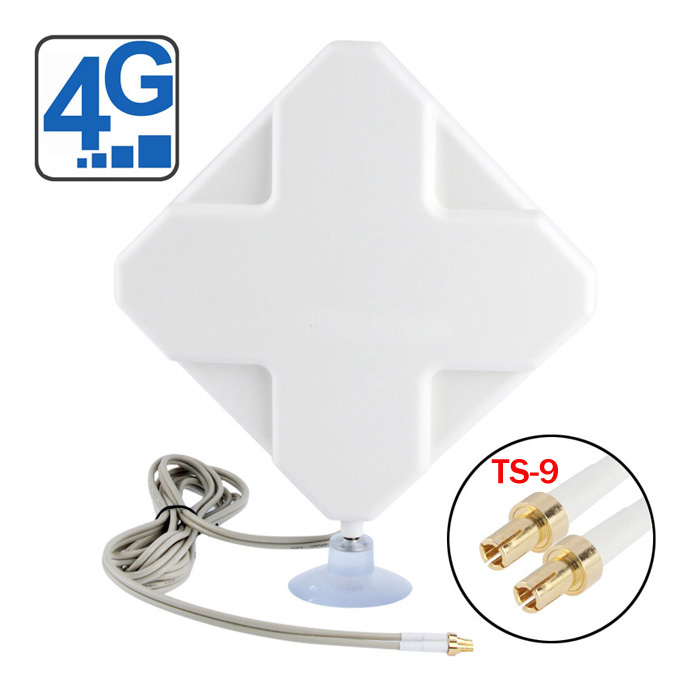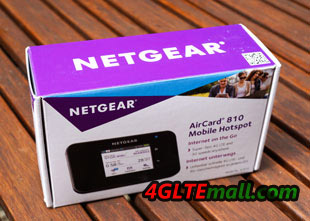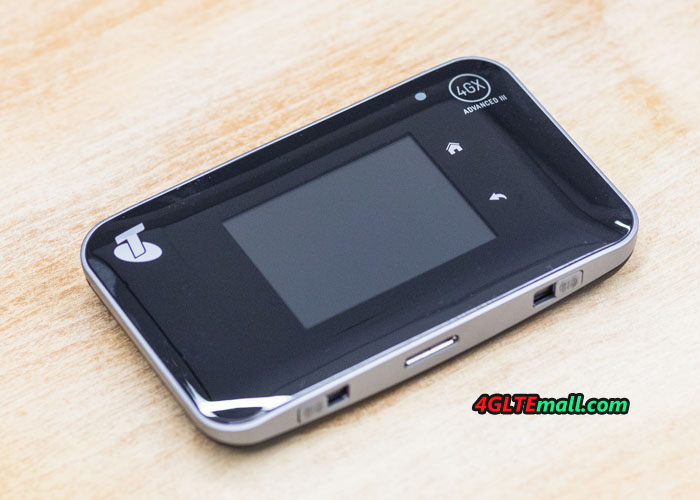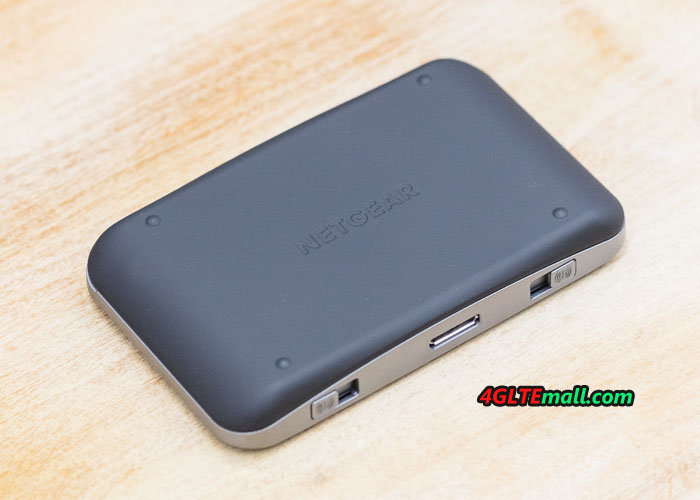Netgear had been offering 4G mobile LTE hotspots in European countries years ago. The Netgear’s newest mobile wireless router AirCard 810 offers speeds up to 600 Mbit/s over LTE Advanced category 11. Thus, the AirCard 810 Hotspot is by far the world’s fastest LTE router. Today, we will have a test for this new mobile hotspot to see the latest feature in this model.
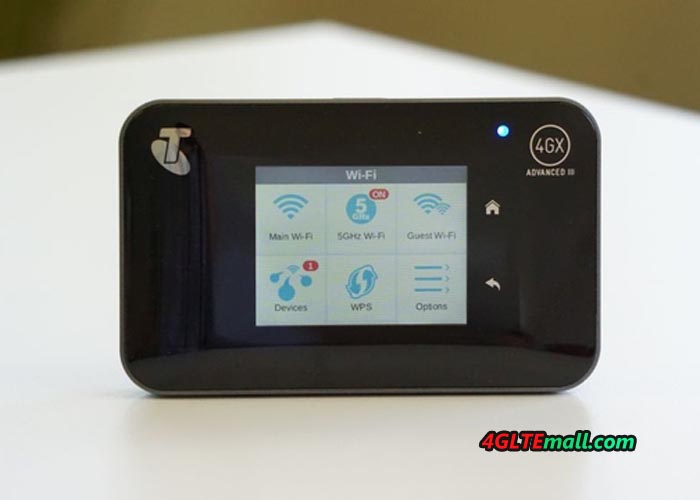
The packaging of the Netgear AirCard 810 is not spectacular from the outside. On the small cardboard, there are the most important information such as a brief description of the device and the technical specifications, including supported LTE frequency bands and carrier aggregation band combinations. The package contents includes a modular power supply with EU and UK power plug and USB port as well as the 2,930 mAh strong battery, in addition to the hotspot itself. A suitable charging and data cable is of course also available in the box. There is also a small microUSB to USB cable, which allows you to use the Jump Boost technology, so other devices such as smartphones can charge using the hotspots. A special feature included is the printed manual. It explains the functions of the device in different languages.

The first impression from Netgear AirCard 810 Hotspot is quite good. The dimensions are 112 x 69 x 15.5 mm pocket-fit and the weight is approximately 132 grams quite low despite the strong battery. The battery cover is secure, but can easily open and feels very good due to the matt black rubber coating. The transparent plastic cover on the front contrast attracts fingerprints magically and reflects quite strong. Also the large color display on the front makes a very good impression, but, there are further more to be excited.
LTE Advanced Cat11
LTE Advanced with up to 600 Mbit/s in the downlink – the Netgear AirCard 810 router is the world’s first device that supports LTE such high speeds. Technically, it is LTE Cat11 3 band carrier aggregation (3CA), ie for the full 600 Mbit/s, three 20 MHz wide frequency ranges are combined. However, it is not enough for the Netgear AC810 supports the technology, each provider must have implemented Carrier Aggregation in its network and has sufficient radio spectrum.
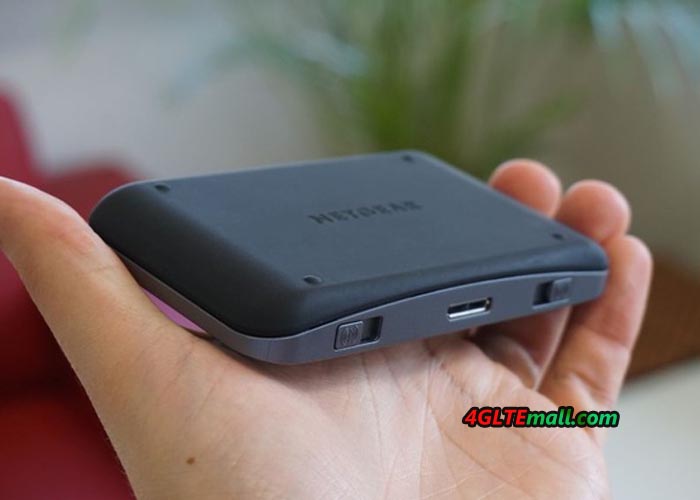
In the test, the LTE modem made a very good figure by the way. Once you have inserted the MicroSIM card, you don’t need enter the PIN and then the router connects to the wireless network already. Credentials as APN and dial-in number need not be entered, but are automatically selected by the hotspot using the inserted SIM card. The transmission and reception were very good at LTE800 and LTE1800, UMTS was very satisfactory. LTE2600 has not been tested and Netgear has disabled 2G GSM network for unknown reasons.
One of the few criticisms of the AC810 relates to the number of supported LTE frequency bands. Although all important FDD-LTE and TDD-LTE frequency bands is supported for Europe, but some important North American frequency bands are missing, so that the Netgear AirCard 810 only conditionally suitable for travel in the Americas. Here one should better check before traveling, which frequency bands are to be used.

WLAN offload functionality
Netgear sets the WLAN radio module on current dual-band WiFi 802.11 ac, with up to 15 devices can be connected simultaneously. By default, the AirCard 810 sparking in the 2.4GHz band, the 5GHz band can be added when required. The wireless range can be adjusted in the settings in three stages, with a shorter range of battery life benefits. Overall, the wireless coverage was very good in the test – at least for a mobile router. The wireless network is encrypted out, password and WLAN names are printed on a label inside the battery compartment. On request, the password will appear in the display of the router. Optionally, a wireless guest network will be set up with a separate password, the maximum limit of 15 simultaneously permitted devices must also be observed here.
The Netgear AC810 has the so-called “Wi-Fi Offload” feature. This allows the router a wireless network for Internet access instead of using the wireless connection. This saves data volume and can be very useful in many situations. Via the web interface, Netgear AirCard 810 is allowed to use as an access before using the corresponding wireless networks, including password. The function can be found in the router’s wireless menu under “wireless displacement”, said at the unit no configuration is required, but only in principle to turn the function on and off.
The wireless connection can take bookings completely switched off and the device can be used as a USB-only modem. This is useful, for example, when you want to use a computer without a WLAN function always on. An operation without the battery, however, is not possible.

Large touchscreen for operation
Like its predecessor Netgear Aircard 790, the Netgear AirCard 810 router can be operated and configured in three different ways. The easiest and fastest way is certainly through the touchscreen display directly on the device, but not all functions are available here. Some particularly nested menus are available only via the web interface in a browser. The third way to use is an app for Android and iOS devices. Design and menu structure are managed in all three variants and self-explanatory.
The capacitive touch screen on the front reacted very quickly to inputs, write small buttons such as the keyboard for SMS can be operated accurately. Somewhat unreliable were the two capacitive keys for “Home” in the test and “back” of the display. Overall, the touch screen is definitely a nice added value in comparison to other mobile wireless hotspots.
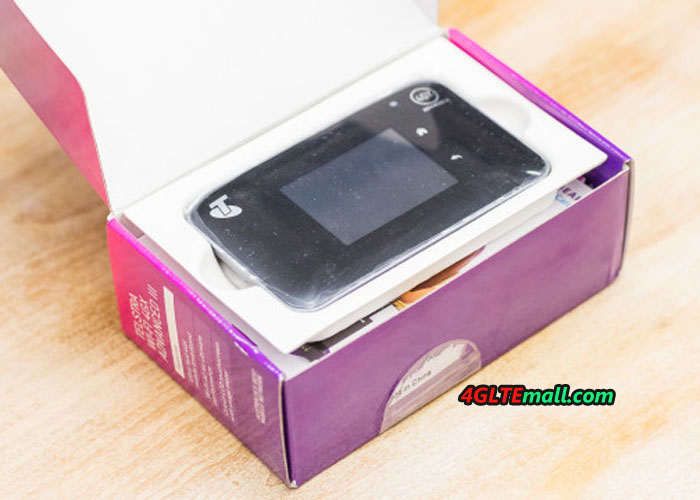
The display turns off after a few seconds in order to save energy. This period can be set in the menu. If the display is off, you can read the connection status using a LED above the display according to operational mode in different colors. If desired, the LED is also switched off, which is for example useful if you want to use the hotspot in dark rooms.
Battery and Other
The Netgear AirCard 810 battery is 2,930 mAh strong and easily replaceable by the user. If necessary, you can just take a second or third battery or replace a defective battery. The manufacturer promises an operating time of about 11 hours, in the test with Internet radio streaming over LTE, I have reached this maturity even approximately. Via the so-called jump-boost function, the battery can charge other devices such as smart phones; the appropriate adapter cable is (as mentioned above) in. But you should not expect too much for recharging multiple times for other devices, if charging is need, we recommends the use of a proper “Power Bank”.
The Netgear AirCard 810 allows the option to connect an external LTE antenna to transmit and receive services and to improve the speed. These are two TS-9 connectors in this unit. With a matching Pigtail (adapter) you can connect virtually any standard antenna. Optionally, there Netgear has also a docking station (model DC112A), which remodels the hotspot with 4x Gigabit LAN, external WLAN antennas and integrated charging feature for perfect home router. Unfortunately, the availability of DC112A in my area is very limited, so I unfortunately could not get to test them together.
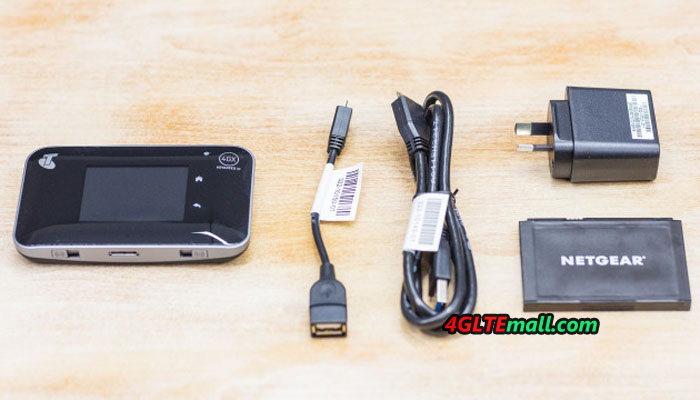
Conclusion: the best LTE Hotspot
Netgear offers the AirCard 810 LTE Hotspot undoubtedly the best current mobile LTE router in Europe. Not only the modem and the speed of the AirCard 810 are far ahead of its competitors, even the operating concept is outstanding. The very extensive features of the previous generation have been further extended, as is now also a wireless repeater on board.
There are still three points which user must note: GSM / 2G mobile is not supported, the manual frequency band selection is not possible and fundamentally supported LTE bands in comparison with current smartphones are still very poor. Overall, the test conclusion is however extremely positive and the Netgear AirCard 810 LTE Hotspot gets a very strong buy recommendation!
